Using a Chat GPT detector is now more than ever needed in professional and educational settings since Open AI launched a natural language processing tool in late 2022. AI detectors were created alongside the increase of Chat GPT’s usage, especially by students who use it for essay writing. AI detecting tools are just as new and experimental as Chat GPT itself and there’s no platform that currently detects AI-generated text with 100% accuracy…or is there?
Find out what the best AI detection tool available currently is, a history about machine and language learning tools, what AI Purity is, and why we need these AI detecting platforms now more than ever.
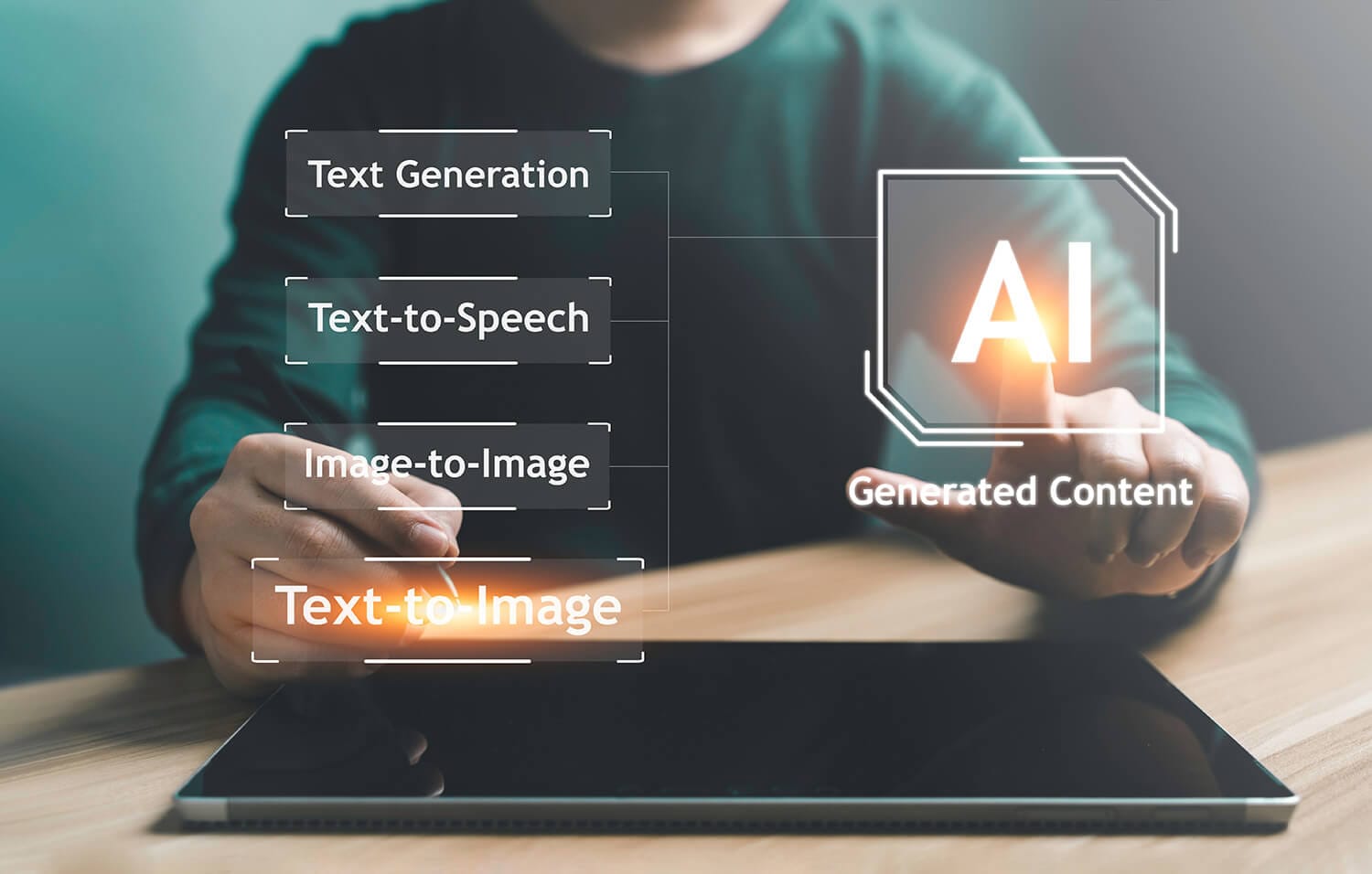
What Is AI-generated Content?
AI-generated content refers to pieces of digital content that come in the forms of text, photos, and videos that were created through machine-learning technologies. These natural language and machine-learning tools use datasets based on human input. By utilizing these datasets and more complex algorithms, these machine-learning tools mimic human-made content which begs the question of how morally accepted it is to use AI to create art when it is simply based on real artists’ work.
One of the more widely used and accessible types of machine-learning technologies uses language models to generate text. A big example of which is Chat GPT. More recently, AI has been integrated into other already existing applications, like Photoshop with its new AI Generative Fill, where you can generate images with the help of AI. Machine learning models learn from existing art which allows it to generate content that can pass off at first glance as human-made.
Here are some examples of content that can be created with the assistance of artificial intelligence:
Text Generation
Since Chat GPT’s most recent versions launched, more people have been using AI text generation to create essays, articles, stories, scripts, and poems that can mimic human text. With this use, more Chat GPT detectors have also been launched to stop people from claiming AI-generated text as their original work.
Image Generation
Not only can AI create text, but it can now also generate images. It can either create images from scratch or add onto existing images. AI can now also generate illustrations, scenic landscapes, and portraits. Because of machine-learning, image generation is constantly bettering the images it generates.
Music Composition
Because of the wide range of musical compositions that exist across all genres that have been fed to machine learning technologies, AI can now also compose music. Whether it be simple melodies to more complex symphonies, music composition has also become another easily AI-generated category.
Video Creation
If AI can generate photos, it can also create videos by stitching together existing images, animations, and clips together. Like generated images, AI can create videos from scratch or add onto existing videos.
Translation
Content across the digital space exists in many languages which AI has also learned from making it easy for the machine-learning tool to translate. Translating could also be traced as one of the earliest applications of natural language processing.
Data Visualization
Through AI, data visualization has also become easier to create. AI can generate graphs, scatter plots, line graphs, charts, maps, and histograms based on the datasets you feed the machine-learning tool.
Code Generation
Artificial Intelligence can help programmers write or complete code through many existing AI tools like OpenAI Codex, CoPilot, Cogram, and more. AI can generate code snippets depending on a programmer’s needs.
Machine Learning Technologies: A History
The use of artificial intelligence has become more prominent in recent years thanks to applications that make it more accessible to all. But even before Chat GPT and similar machine-learning tools launched, AI has existed for a long time in ways we might have not noticed before. Maybe you’ve used automatic grammar checking applications, or played games against computers. These are just some examples of the earliest usage of machine learning technologies.
In 1950, Alan Turing, a British polymath, published a paper titled ‘Computing Machinery and Intelligence’. In this paper, Turing discussed building intelligent machines and testing their intelligence. Back then, leasing a computer cost $200,000 and only tech companies and prestigious universities could afford its use. With the ‘Turing Test’, it was said that it could be determined whether computers had “real intelligence”. In order to pass the test, a computer should successfully fool a human into believing it’s also a human. However, computers during this time lacked complexities. Computers could only execute commands but could not store them.
One of the earliest forms of AI could be traced back to 1951 by Christopher Strachey who would later become the director of the Programming Research Group at Oxford University. Strachey created a checkers program that ran on the Ferranti Mark 1 Machine. In 1952, Arthur Samuel wrote the first computer learning program also using a game of checkers. The more it was played on an IBM computer, the better it learned about strategies that it would later incorporate into the game.
Many learning programs would launch between 1950 and the early 2000s. According to a Forbes article on machine learning technologies, it is not a question of whether we are nearing the discovery of artificial intelligence because a computer will never reach human-level thinking capabilities. But rather, it grows its ability to understand and interact with the world as long as human-produced data continues to grow and is fed as datasets to these machine learning programs.

What Is Chat GPT?
Chat GPT stands for Chat Generated Pre-trained Transformer created by Open AI that works as an AI chat bot powered by language model technology. According to the University of Central Arkansas, Chat GPT pulls from a large dataset of human written text and uses it to learn languages, grammar, and how to structure words and sentences together. Some features of Chat GPT include being able to solve mathematical problems, answer questions, translate different languages, fix code, and write stories.
Open AI developed Chat GPT’s language model specifically to generate human-like text and even adopt human conversational capabilities by answering questions in real time the way an actual person would. Chat GPT has learned through the various existing texts available on the Internet across many topics, styles, and patterns. By feeding Chat GPT ‘prompts’ or commands, it can generate anything from blogs, articles, and even poems, or answer your questions better than sometimes Google can.
Now that AI has become more accessible, it has without a doubt changed the way content is generated in the digital age. Although Chat GPT can improve productivity levels, it should also be used with caution as it can often disseminate the wrong information. That’s why with the rise of Chat GPT come Chat GPT detectors. Unfortunately, even the best inventions can have some consequences when used for the wrong things. Most recently, educators have been flagging the use of Chat GPT in schools where students use it for plagiarism. While technology allows us to learn and retrieve information faster than ever before, it should be used responsibly and cautiously.
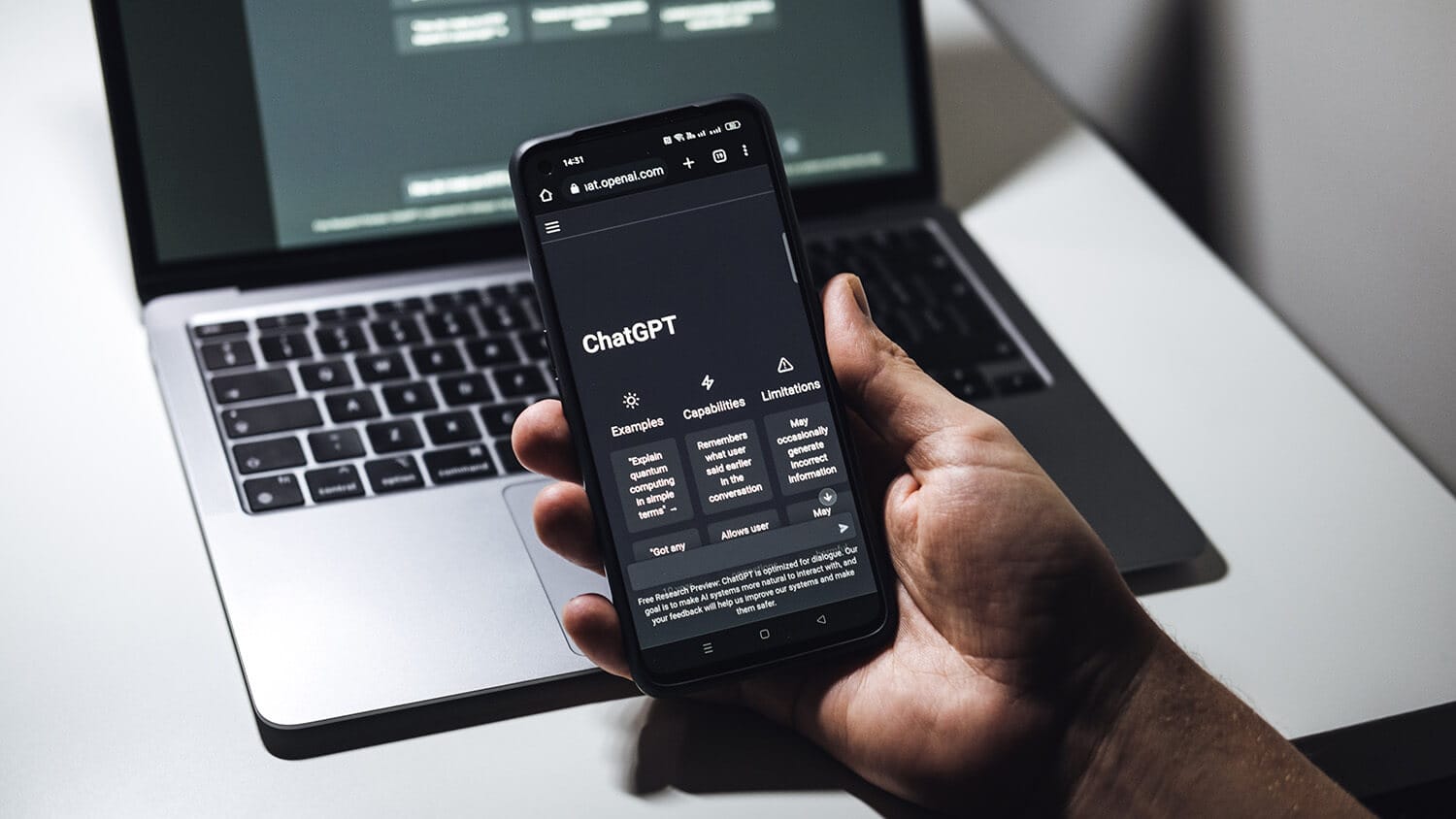
What Is A Chat GPT detector?
To combat the misuse of Chat GPT and other AI tools that have been used to spread misinformation and create content without properly crediting their original creators, Chat GPT checkers were created. Granted, some Chat GPT detectors don’t work 100% effectively, but they still get to flag AI-generated content when it’s being passed off as an original.
Educators can mostly benefit from using these AI essay detectors to stop students from plagiarizing AI-generated content. It can also help protect artists from their work being stolen. If you fall under any of these categories below, you can most definitely benefit from using a Chat GPT checker.
Educators
Since Chat GPT’s latest model became available to the public around late 2022, more and more students have been using Open AI’s tool to write their essays for them. Just as teachers and professors have used plagiarism checkers in the past to ensure their students turn in their actual work, now they also have to use AI detectors to make sure their students aren’t using Chat GPT to do their work for them.
Journalists
Journalists work in very fast-paced environments and with AI technology accessible, it could help them meet deadlines and have their turnaround times faster with the help of Chat GPT. However, journalists have the responsibility to uphold truth and legitimacy. So regardless of their use of AI to help them with crafting articles that people read at such a wide scale, they can most definitely benefit from using Chat GPT detectors.
Publishers
Google has yet to penalize AI-generated content, but publishers, similar to journalists, have reputations to maintain. Publishers of online content need to ensure that the content they put out does not contain misinformation or are misleading so that they don’t compromise their readership and the credibility they have worked hard to create. They can do so by using AI content detectors.
Marketing Agencies
Marketing agencies especially in the digital space should also ensure they quality content and search engine optimized posts for their clients. After all, you can only drive traffic and reach higher engagements by creating informative content that is genuine and original. AI-generated text can mimic human text as best as it can but it can never replace real content creation.
Writers
Writers can use Chat GPT and other similar tools to brainstorm, get ideas, and be inspired. Every writer knows they should also cross-check their work in case they miss any important sources they missed to cite to ensure that their work is 100% original before it is published. One can never be too careful so it would be in the writer’s best interest to use AI detection tools as well before turning in their work.
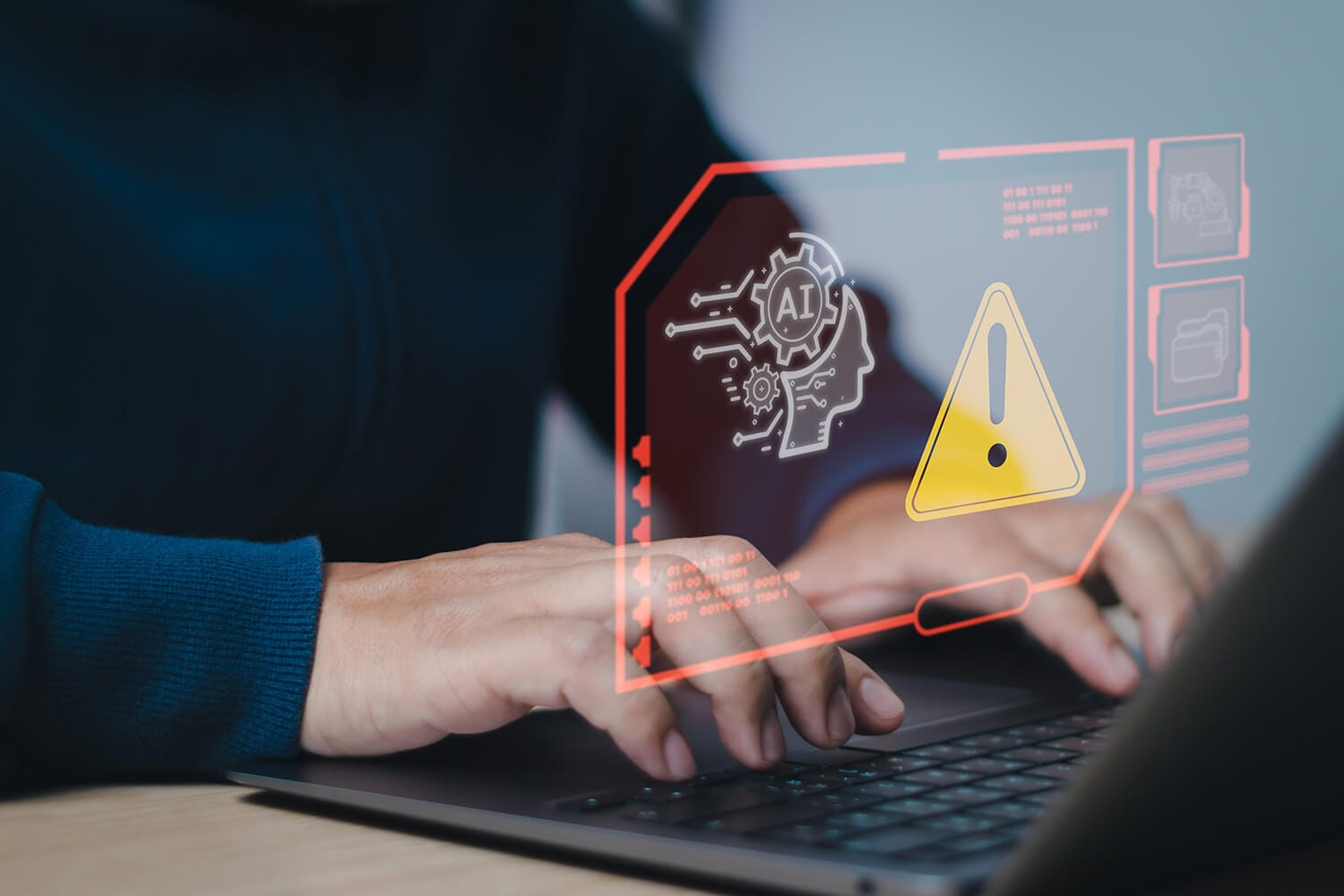
How Do AI Detectors Work?
AI checker tools only recently launched and are still in the early stages of development. Even the Open AI detector had to be taken down because it was “performing poorly” according to an article by ZDNET, a plagiarism-checking platform. In creating a Chat GPT detector, Open AI’s “AI classifier” was removed in January 2023 because it had a low rate accuracy.
AI detectors work similarly to how AI language models work. These AI detectors work by asking themselves if the text they are deciphering is something it would write. If the answer is yes, then the AI checker deems the text as AI-written. These AI checkers basically check for 2 things: burstiness and perplexity.
Burstiness refers to the variation in sentence structure and length. If the AI checker detects low burstiness, it’s most likely AI-written. AI language models work by predicting every next plausible word and they often construct sentences that are more likely to be understood. Therefore structuring sentences that are readable and conventional. Because of AI’s predictable nature, it’ll construct shorter sentences with low burstiness. Human written texts are often complex and some sentence structuring can even be long-winded. It might not be the easiest to read but it’ll be flagged by AI checkers as high burstiness which passes the test.
Perplexity, unlike burstiness that checks for sentences, checks per word. Perplexity measures how likely it is to perplex or confuse a reader. Since AI language models are predictable and aim to be readable, it produces low perplexity text. Human written text can often have typos, use more creative language, and therefore is deemed by AI checkers as high perplexity.
How Reliable Are AI Writing Detectors?
Based on how AI writing detectors work by checking for perplexity and burstiness, it can even categorize human-written text as AI if it falls under low perplexity and low burstiness. It can also have a harder time discerning between human and AI-generated text if the latter has been edited or paraphrased. Currently, there’s no AI writing detector or Chat GPT checker that can provide total accuracy. Even the best detection tools out right now can be fooled by Chat GPT if the prompt contains words like “write this topic without being detected as AI.” Sometimes, even without the prompts, as Chat GPT continues to learn from its more widespread use, it will not even be flagged as AI by Chat GPT detectors.

Why Are AI Content Checkers Important?
- Upholds academic integrity
Not only do AI checkers uphold academic integrity, but they control the dissemination of misinformation by championing facts through credible resources. It’s important for schools to foster proper learning by ensuring their students are able to create original work through their own research and knowledge. - Saves time
Because of the more recent use of AI for plagiarism in schools, Chat GPT detectors and the like saves professors time and energy when checking hundreds of student papers. For people outside of the academic sphere, like journalists and publishers, they can also save time from having to rewrite or take back their content if they cross-check it first with an AI detection tool. - Keeps students accountable
Now that students are also aware of the existence of AI detection tools, the likelihood of them plagiarizing their work is lessened. These tools will also keep students who submit non-original work accountable and have to face the consequences of plagiarism. - Fortifies critical thinking
The whole purpose and foundation of higher education is to foster original thought and critical thinking. These are often taken away from students once they use language learning models like Chat GPT to do the work for them, and poorly at that. AI detection tools’ being on the rise will leave students with no other choice but to do the work themselves, which will only benefit them in the future. - Gives feedback
The AI detection tools that are available right now can give feedback to not only educators and students but to all who use AI to generate their content. They can use the feedback to better their work and improve their use of AI as an assistive tool instead of the sole problem solver.
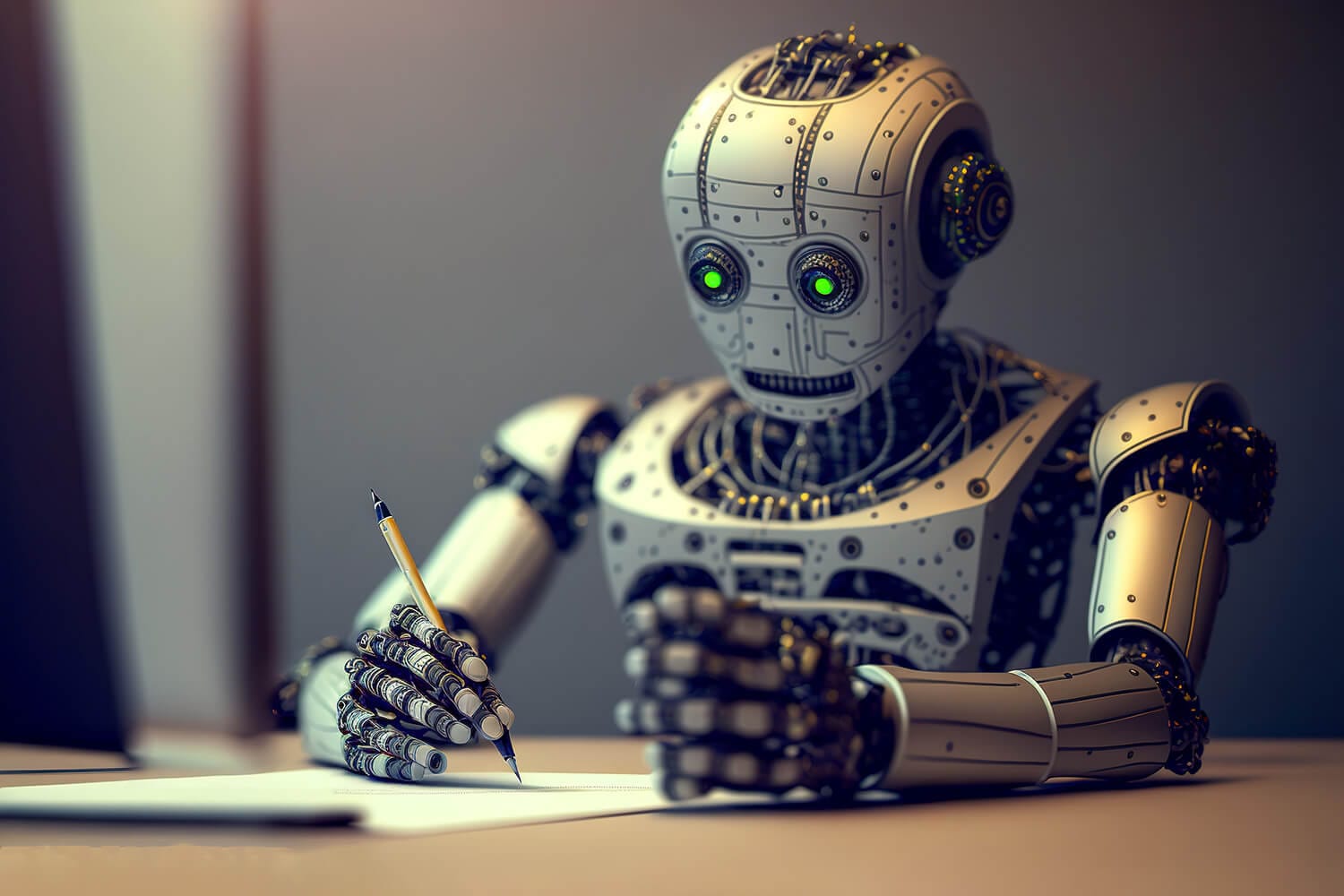
Signs That An Essay Is Written By AI
Would it be possible to know if essays or any written piece of content was written by AI without the use of an AI detection tool? Yes. There will be telltale signs that you can be on the lookout for in detecting AI written content. These steps are especially useful for educators, teachers, and professors who are constantly grading written essays. If the biggest red flag in essay writing before was plagiarism, in this new era of AI-generated content, educators are now also checking if essays were written by AI.
- Content Issues
As best as AI tries to mimic human-written text, it will simply lack the complexity needed to discuss specific topics. It might use the keywords in your prompts and have no issues describing certain events, but a telltale sign that a piece of written work is AI-generated is when it lacks coherence and consistency. There’s a limit to the words Chat GPT is able to generate per prompt so a paper that is fully AI-generated won’t necessarily follow the flow of a real essay. An AI-generated essay could contain many redundancies, have a very limited scope in research, and lack logical progression, critical analysis, and concept synthesizing. - Compare Work With Previous Ones
Another tip for discerning human and AI-generated text, especially for educators checking essays, is comparing a student’s suspicious work with their previous ones. Everyone has distinct writing styles. Every writer has a unique way of structuring their sentences and they have a specific set of vocabulary which is very indicative of who a person is based on how they write. A red flag to look out for when checking for AI-generated text in essays is if a student veers away from their usual writing style. Essays are also often a way to gauge how well a student understands their lectures so another red flag to look out for is their inability to use those specific lessons in their papers. - Lack of Creativity
AI can generate coherent sentences, sure, but something to look out for if the text you’re reading is suspiciously AI-generated is a lack of creativity. AI-generated text can often sound monotonous, lacking the inherent creativity and imagination present in human-written text. There are simply certain nuances or even charms that AI cannot duplicate. - Lack of Sources
School essays usually follow very specific formats and citing your sources is very important. AI might scour its entire database for information but it will rarely cite its sources making it easier to disseminate the wrong information. - Timeliness
AI is trained in specific periods and might not always give up-to-date information. Chat GPT for example has only been trained in information from 2021 so it might not be the best at providing information about current events.
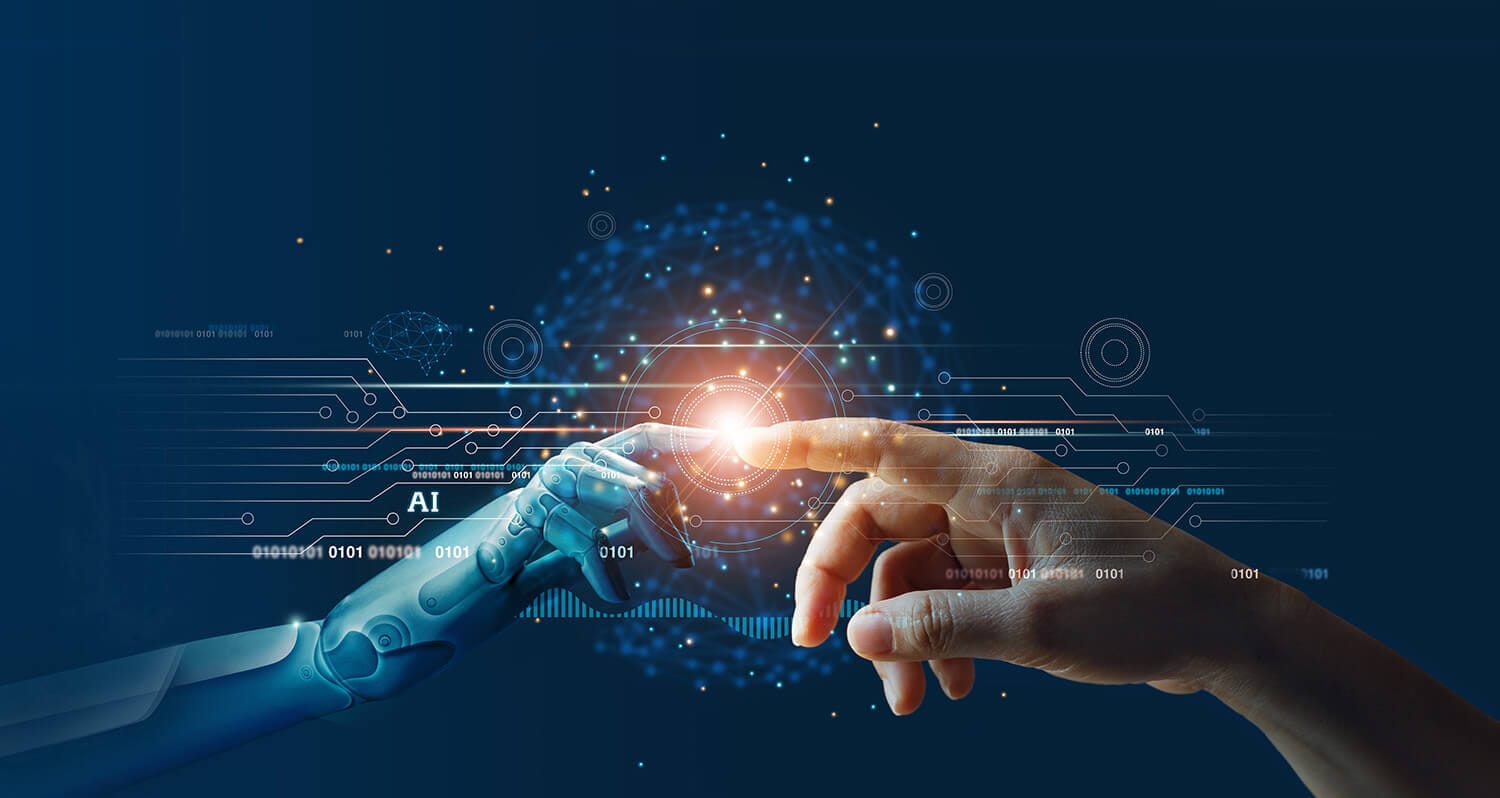
AI Purity: The Best Chat GPT Detector
With AI-generated content on the rise, it’s becoming harder to distinguish which content is human-produced. Those with a trained eye can easily spot AI-manipulated photos and maybe some professors will be wary of some of the AI work their students try to pass off as theirs. But as AI continues to learn from human datasets, it will only get better at trying to mimic people.
AI Purity is the newest AI detection tool available today which promises fast results and guarantees AI content detection like no other. AI Purity’s detection capabilities are so superior that it can tell you whether your content is purely human, AI-generated, or a mix of both.
Here are some of AI Purity’s unique capabilities that put it above other Chat GPT detectors:
Per-sentence Analysis
Most AI detection tools work better by analyzing text as a whole which is why it can be easier to fool. AI Purity analyzes the text per sentence which allows it to provide a more comprehensive result. If other AI detection tools have a harder time deciphering AI-generated text once it’s been paraphrased, AI Purity can tell you which sentences are completely human, AI-written, or even paraphrased.
Color-coded results
Most AI detection tools will give you a mere percentage of how much of the text is either human or AI-written. But because of AI Purity’s per-sentence analysis, it color codes each sentence and lets you know which sentences are partially AI, fully AI, or fully human.
Numerical data
To put your AI detection results over the top, not only will you get to see the color coded results, it will also give you numerical data and the percentage of how much AI-generated text is present in your document.
Fast detection
No matter the length of the text you are trying to check, AI Purity offers the fastest detection possible.
